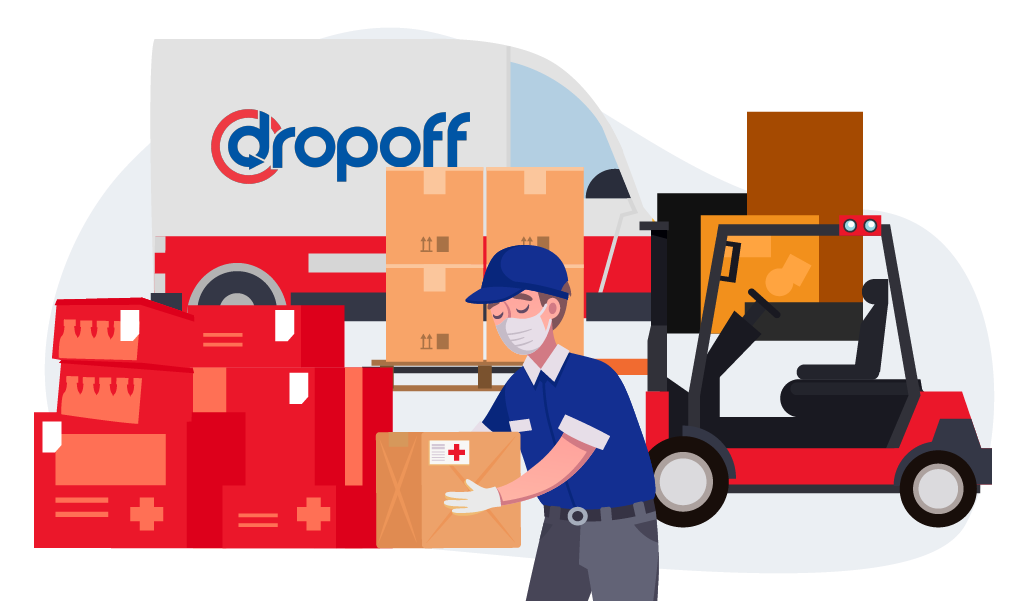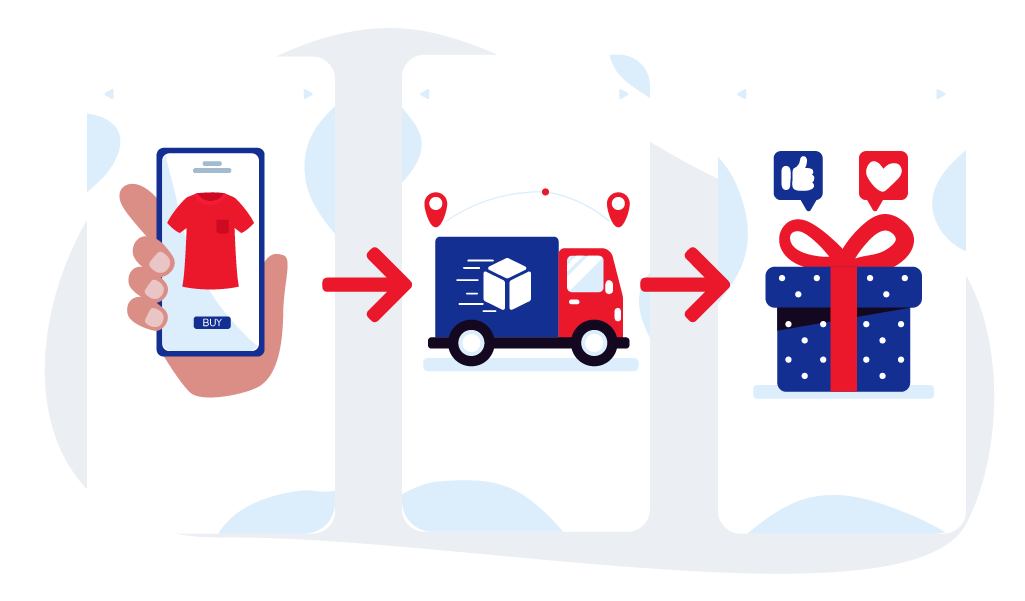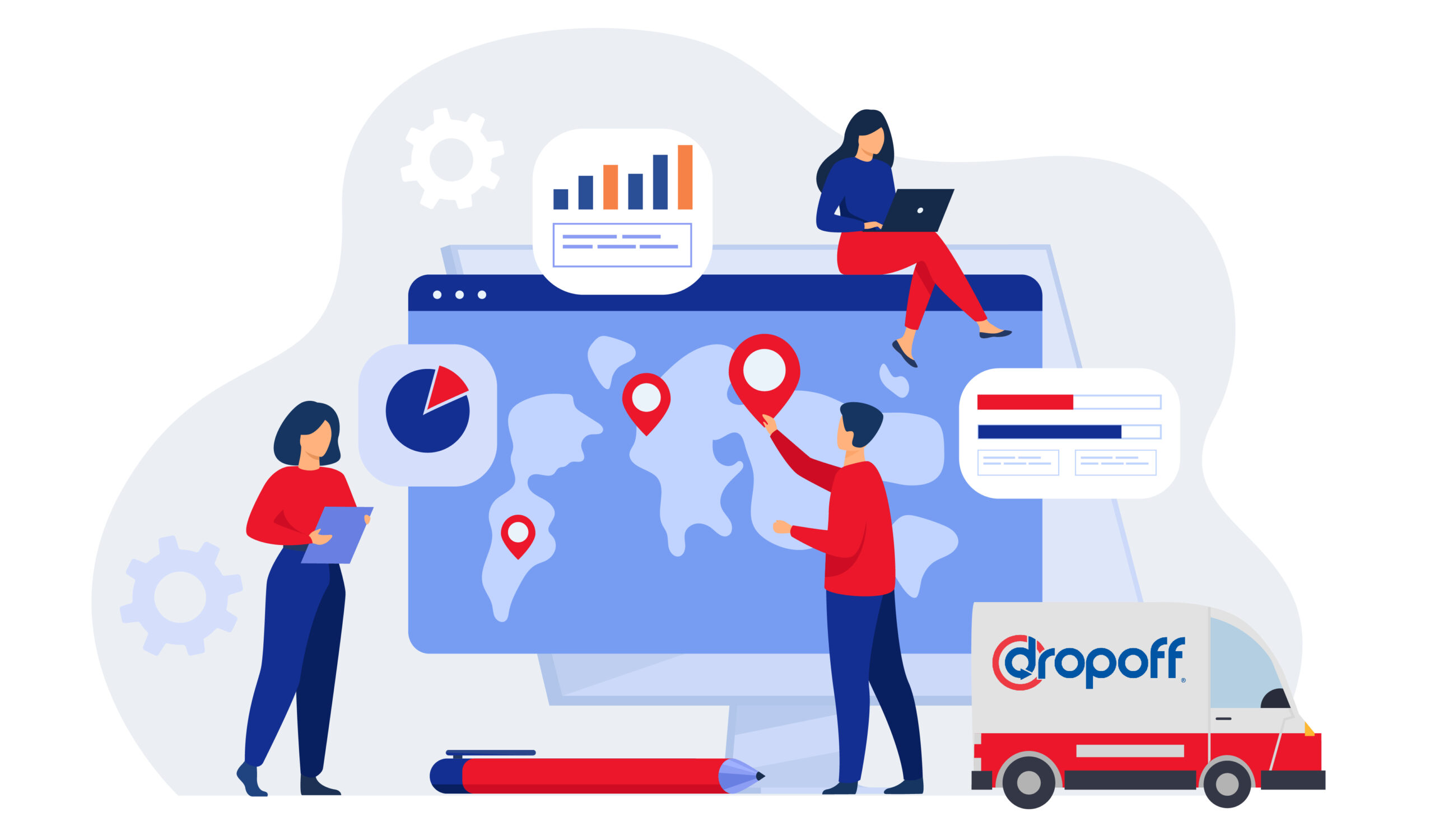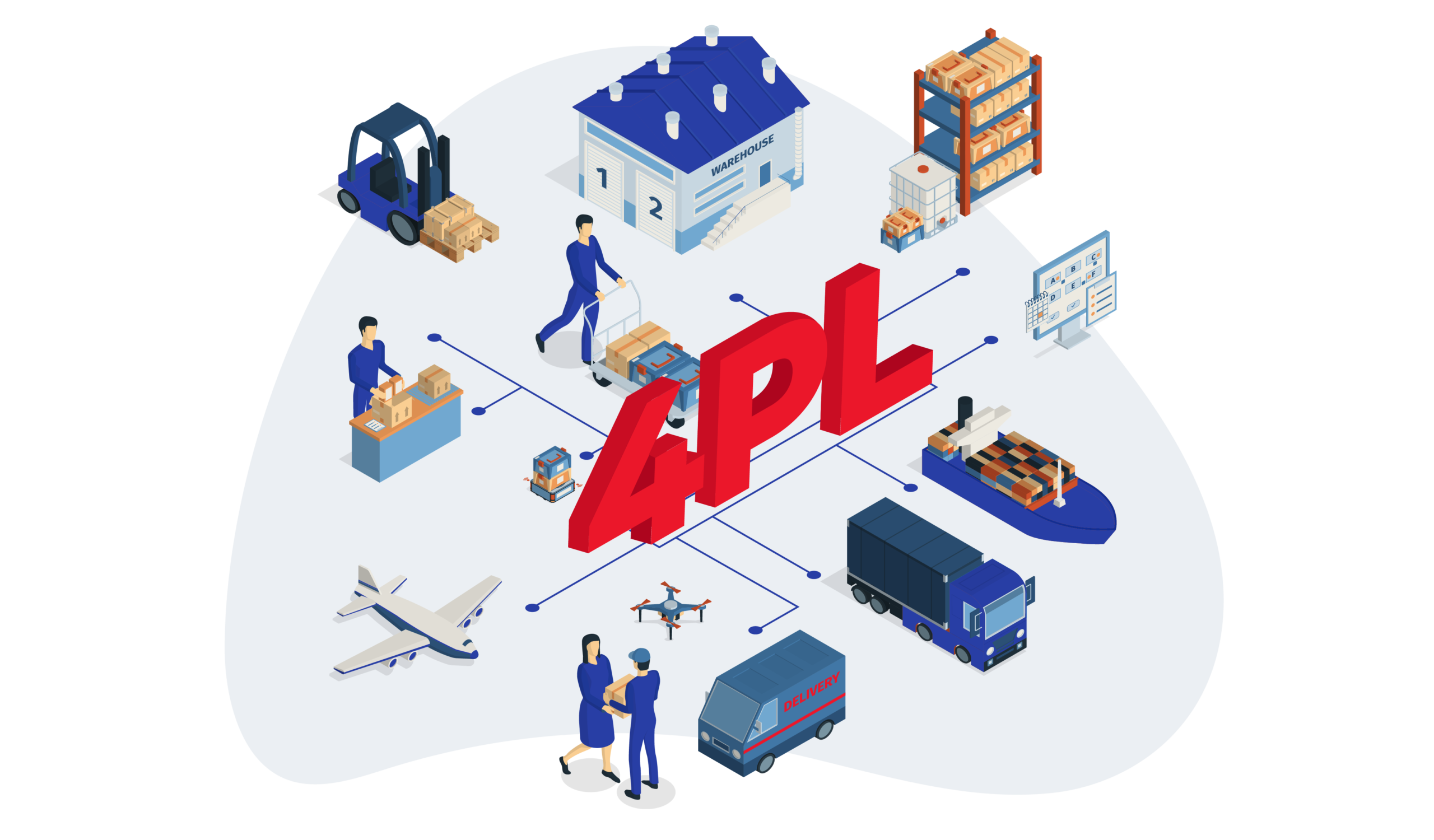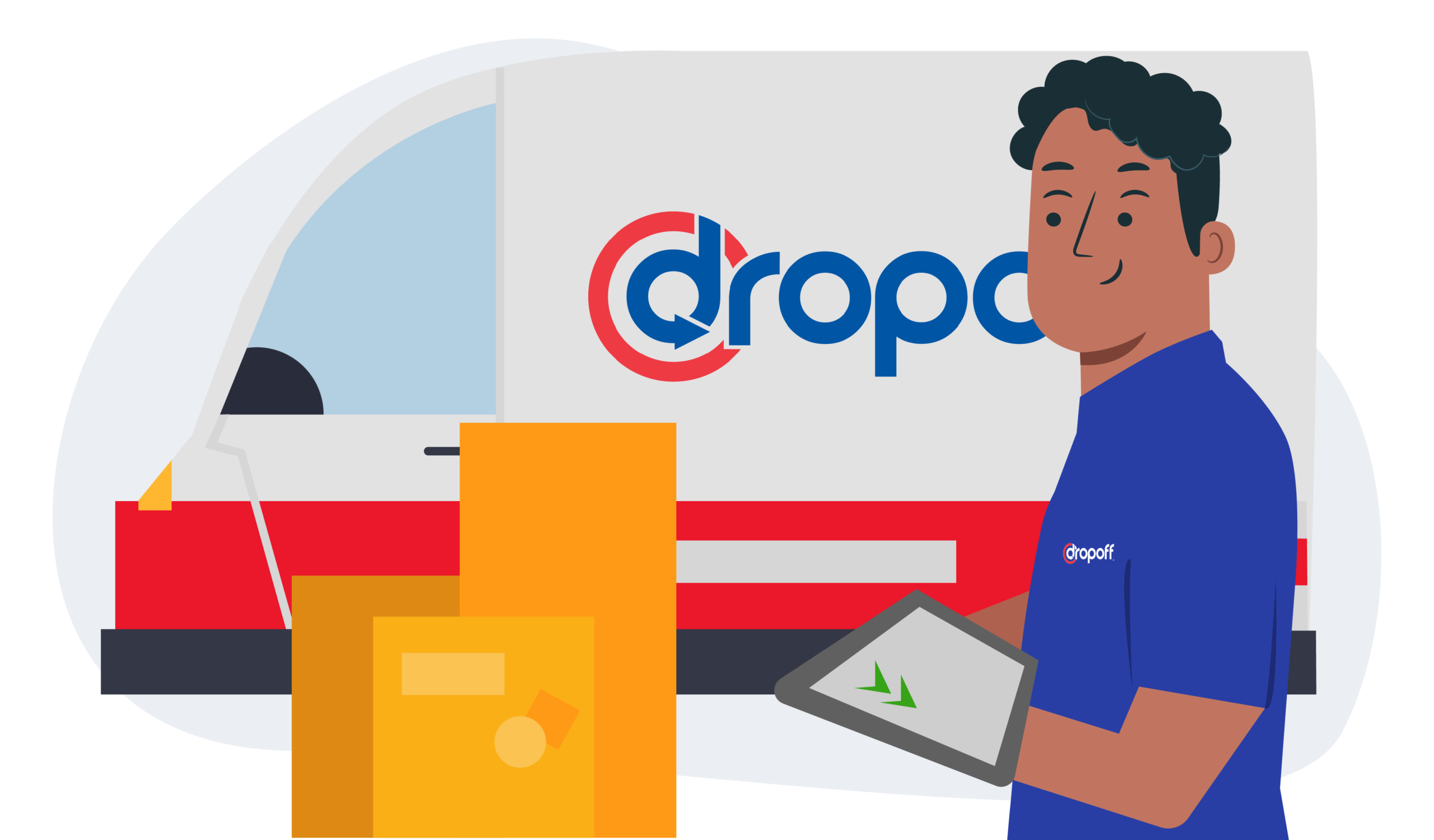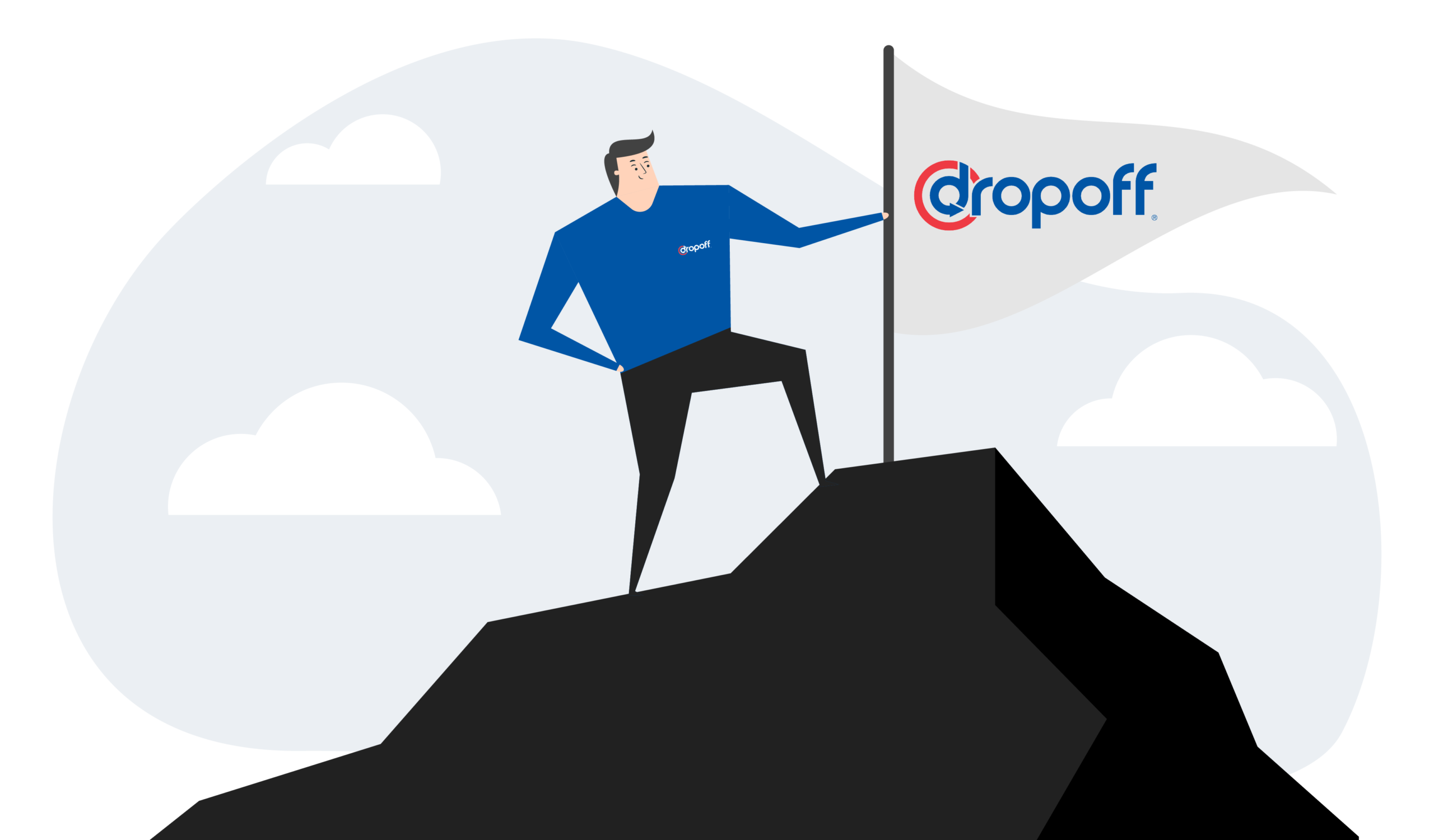Ultimate Guide to Inbound Logistics – 10 Tips For 2024
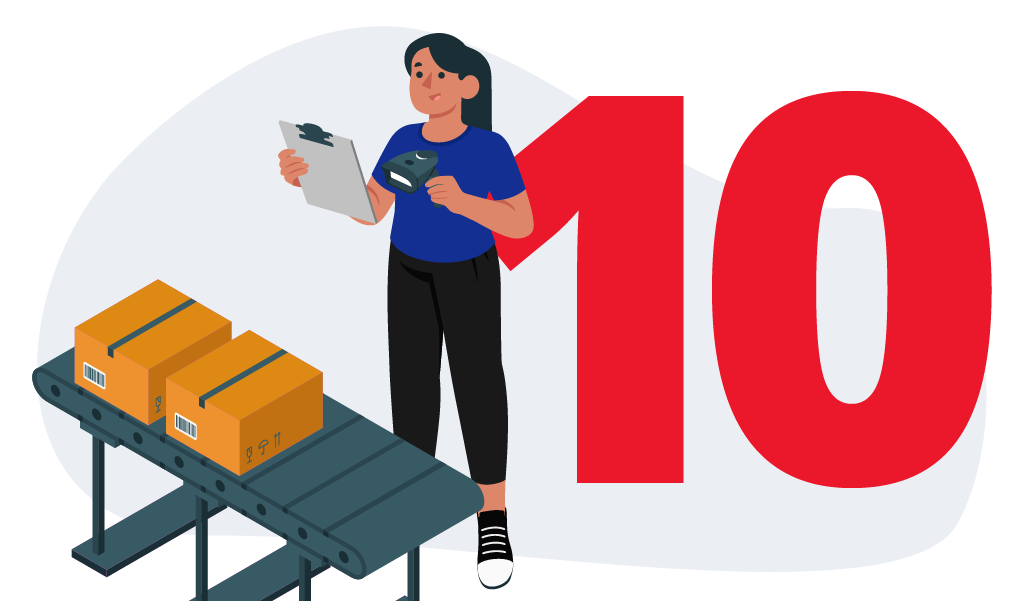
Inbound logistics play a critical role in the success of any business. Anyone in charge of managing it will likely agree that it is a complex and ever-changing task.
Consider the useful insights below to help you stay on top of things and streamline your inbound logistics processes. Whether you are a seasoned logistics professional or new to the field, you will find valuable tips in this guide!
What Are Inbound Logistics?
Inbound logistics is the process of bringing materials and other goods into a company. This includes ordering, receiving, storing, transporting, and managing incoming supplies. It focuses on the supply side of the supply and demand equation.
Inbound Logistics Management Activities
A company’s approach to inbound logistics changes based on the type of goods, the industry, and the relationship with the seller. It can either handle inbound logistics itself or hire another company to do it.
Here is a list of activities involved in inbound logistics:
- Sourcing: Finding potential suppliers, getting price quotes, and managing them through negotiations.
- Ordering: Purchasing the necessary goods and materials in the correct quantity and timing.
- Transportation: Determining the transportation method for goods. This includes choosing the delivery speed, contracting with carriers, and negotiating prices and routes with vendors.
- Receiving: Managing the arrival of new materials, unloading trucks, and checking that the materials match the order.
- Material handling: Transporting the received goods within the facility and preparing them for future use.
- Putaway: Transporting goods from the receiving dock to storage and placing them in designated locations.
- Storing and warehousing: Ensuring materials are ready for manufacturing or customer fulfillment. This is done by organizing them in logical locations and maintaining the proper storage conditions.
- Inventory management: Determining the type and quantity of raw materials to store and where to store them.
- Expediting: Tracking the progress and schedule of materials transported to the facility.
- Distribution: Moving supplies within the business to their final destination.
- Tracking: Monitoring details of incoming orders.
- Reverse logistics: Returning goods from customers for reasons such as returns, defects, delivery problems, repair, and refurbishment.
Top 5 Challenges of Inbound Logistics
Inbound logistics gets challenging due to high costs, unclear delivery dates, and random lead times. These issues make it hard for businesses to manage their inventory and improve warehouse efficiency and productivity.
Let’s break down some of these inbound logistics challenges to get a better understanding.
1. Poor Inbound Shipping Process
Often, companies spend too much money on shipping. Consider negotiating lower rates with fewer carriers, combining multiple shipments into full truckloads, and setting vendor inbound compliance standards (VICS) on price and service. Looking at data will also help identify unnecessary expenses.
2. Lack of Information
A common issue is getting incorrect information about a shipment’s location, arrival time, and cost. This lack of information will lead to carrying extra inventory, making purchases too early, and experiencing delays. Real-time information systems will help track shipments and communicate with suppliers to record accurate data when the goods arrive.
Find out how 4PL logistics can help your business streamline its logistics.
3. Rise in Deliveries and Receiving
Without proper planning, businesses will struggle to manage multiple deliveries at once. Varying delivery rates make it difficult to staff the receiving department effectively, causing errors and a backlog of materials.
The ideal receiving process should have scheduled deliveries routed to specific docks. It should be kept at a good pace throughout the day.
Using warehouse management software (WMS) and cross-docking is helpful too. Incoming inventory is immediately matched to open orders, and unloaded products are moved directly to an outbound truck.
4. Poor Returns Processing Management
Some companies do not know how to process returns efficiently. If goods are not returned to inventory fast enough, it results in lost sales. Hence, your business should have clear processes in place for processing returns.
5. Inconsistent Suppliers
A company needs trustworthy suppliers that offer great pricing and provide good quality. However, looking for and building a relationship with one is easier said than done.
The tips below should help make this process easier:
- Develop long-term relationships with suppliers
- Pay suppliers on time
- Negotiate contracts to align with business goals
- Pick suppliers that will grow with the business
- Check supplier lead time and delivery performance
- Assess supplier customer service
- Look for alternative suppliers regularly
Step-by-Step Inbound Logistics Process
Inbound logistics break down into many steps. Together, the steps help ensure the smooth movement of goods and materials into a business.
Let’s take a closer look at the flow of inbound logistics below.
1. Sourcing and Purchasing
To start the supply chain process, figure out what materials or inventory your business needs and where to get them. This means researching options and choosing a manufacturer, supplier, or vendor to buy from. Once you know where to get the materials, you need to place an order with the supplier or manufacturer.
Keep track of the transaction and make sure you can track the shipping of the materials or goods you ordered.
Here’s everything you need to know about supply chain visibility.
2. Transport to Distribution Channels
After you place an order, the supplier or manufacturer will take care of getting the goods to the right place. They will typically use a combination of ocean, air, and ground shipping. These goods can be sent to retail stores, warehouses, fulfillment centers, or other distribution centers.
3. Notification
When the supplier sends the materials, they will let your company know and provide tracking information for the shipment.
4. Arrival of Goods
The goods arrive at your company’s facility and stop at the designated dock.
5. Receiving
Once the goods arrive, the receiving team at that location is responsible for handling the inventory. They will check the shipment, record it in their records, and count the items to make sure everything is correct. If the load is good, they will put the inventory into storage. It will stay there until it’s needed for outbound logistics processes.
6. Reverse Logistics
Reverse logistics includes handling customer returns and exchanges. It is considered an inbound logistics process because inventory returns to the warehouse.
When customer shipments arrive at the warehouse, they need to be checked. If the product is unopened or in good condition, it can be put back in the available inventory. If not, the warehouse team will need to find a way to remove it from the warehouse.
Check out our comprehensive guide on crowdsourced deliveries!
10 Tips on How to Improve Inbound Logistics
To make inbound logistics more efficient, the goal is to make it faster, more economical, and more flexible. Look at each process and figure out what works well and what needs improvement. Then make changes to optimize the operation.
Here are ten tips to ensure your inbound logistics operations run smoothly.
1. Analyze Current Processes and Measure the Performance
Find weak areas due to high costs, waste, poor quality, unnecessary work, lack of information, or delays. Inbound logistics may have hidden fees, like the cost of storing inventory or the effects of poor customer service. Compare your operation to industry standards and other companies to see how you measure up.
2. Analyze Your Decisions
Consider how your decisions affect the cost and efficiency of the process.
For example, when you buy large quantities of materials to get a discount. Do the savings outweigh the cost of storing and managing extra inventory? The main things that impact the cost of inbound logistics are buying materials, managing suppliers, transportation, receiving shipments, storing inventory, handling materials, and managing inventory.
3. Plan Stronger Strategies
Take a closer look at the pros and cons of different actions. Using automation and analytics can help you make better decisions based on data.
4. Develop Strong Relationships with Suppliers
A good relationship with your suppliers gives you better deals, shorter lead times, lower costs, and more stability during market changes. Focusing on this relationship helps your supplier understand your business better.
Simply put, a supplier compliance plan spells out what to expect. It also defines the consequences for mistakes like late delivery or not following shipping rules. This will help lower transportation and storage costs. Things are done faster and more accurately, resulting in happier customers.
5. Use a Transportation Management System (TMS)
A TMS helps automate, manage, and optimize the shipping process. It compares quotes from different carriers, schedules the shipment, and tracks it until it’s delivered. This will help companies save money and be more efficient with their supply chain.
6. Use a Warehouse Management System (WMS)
A WMS makes warehouse operations more efficient by streamlining tasks like receiving shipments and storing inventory. It helps automate and improve warehouse management. Not all WMS systems have the same features, so choose one that meets your business’s needs.
Here is a list of the most essential warehouse management system features:
- Keeping track of inventory
- Sending alerts when it is time to reorder
- Showing all operations across channels
- Creating lists to optimize how to pick orders
- Using barcodes to make inventory management easier
- Tracking shipments
- Providing data in a dashboard that monitors the business
Got time? Here’s a quick 8-minute read about efficient delivery management.
7. Combine Shipments
Less-than-truckload (LTL) shipments cost more and take longer to receive. Sometimes it isn’t easy to combine shipments because of different handling requirements. For instance, some goods need refrigeration. If you can’t fill a whole truck, consider using a 3PL provider to combine your partial load with other companies’ shipments.
8. Partner with a 3PL
If you didn’t start a business to deal with logistics, you should outsource fulfillment to a 3PL. 3PLs will handle the inbound logistics, such as receiving shipments, storing inventory, working with shipping carriers, and processing returns.
Some logistics service providers will even store your inventory in their fulfillment centers and handle the picking and packing for you. A 3PL will save you money and time and allow you to focus on other parts of your business.
Want to hire one? Check out our guide on how to choose a 3PL provider.
9. Reduce Inventory Costs
As your business grows, inventory storage costs will increase because you need more space to hold it. And building your storage can be expensive.
It’s essential to have enough inventory to meet your demand. If you order too much, it will cost a lot to keep it in storage. This is called inventory carrying cost.
To lower storage costs while still meeting demand, follow these tips:
- Focus on buying more items that sell quickly.
- When reordering, try using the “just in time” (JIT) inventory strategy. This minimizes the time products spend on shelves without being sold.
- Regularly check your inventory to avoid having too much unsold stock and make room for new inventory.
- Use consignment inventory to move inventory without incurring extra costs or the risk of overstocking.
10. Optimize Stock Levels
Having the right amount of inventory on hand always helps avoid logistical issues. To improve your stock levels, work on making better predictions of what you’ll sell.
Accurate demand forecasts will help you know which products to stock. Then, figure out the best time to restock each product so you don’t run out or have too much. This helps you avoid backorders and keep customers happy.
Inbound Logistics KPIs You Should Be Tracking
To ensure that your inbound logistics processes are successful, there are certain key performance indicators (KPIs) you should monitor.
Inbound KPIs:
- Freight Bill Accuracy: The accuracy of the information on a freight bill.
- Loading and Unloading Times: The time it takes to load or unload goods onto or off a vehicle or container.
- Lead Times: The time it takes for a product or service to reach a customer from when the order is placed.
How Do Major Companies Handle Their Inbound Logistics?
1. Costco Inbound Logistics
Costco has a global network of suppliers that provide a variety of goods, including groceries, electronics, home goods, and more. The company uses different transportation modes to transport these goods from its suppliers to its warehouses and distribution centers.
Once the goods arrive at Costco’s distribution centers, they are stored and made available for purchase by Costco customers.
2. Coca-Cola Inbound Logistics
Coca-Cola sources raw materials from around the world, including sugar, corn syrup, fruit juices, and flavors. Once the raw materials arrive at a production facility, they are stored away until needed for production.
3. Ford Inbound Logistics
Ford works with suppliers that provide the company with raw materials and components, including metals, plastics, and electronic components. These materials and components are transported to Ford’s production facilities using different transportation modes.
Once the materials arrive at a production facility, they are stored away until needed for production.
Ford uses inventory management techniques to support just-in-time manufacturing. This type of manufacturing involves continuous monitoring and adjusting inventory levels to minimize costs. However, Ford’s inventory management decisions are also influenced by market conditions.
How Dropoff Can Help with Inbound Logistics
At Dropoff, we understand the importance of reliable inbound logistics for businesses of all sizes. We offer a range of solutions to help companies to streamline their inbound logistics processes and improve efficiency. Our team of experts will handle the transportation and storage of the raw materials and finished products for your business.
Our advanced logistics technologies and real-time tracking capabilities allow you to monitor the status of your deliveries in real-time. You will receive greater visibility and control over your supply chain.
Talk with a Dropoff expert today and take your inbound logistics to the next level.
FAQs on Inbound Logistics
Inbound logistics is the process of bringing materials and other goods into a company. This includes ordering, receiving, storing, transporting, and managing incoming supplies. It focuses on the supply side of the supply and demand equation.
Materials sourcing and purchasing, receiving, and reverse logistics are all examples of inbound logistics.
A common question in this field is, how does inbound logistics add value?
The inbound logistics value chain is made up of activities like operations, marketing, sales, and service. Inbound logistics affect the beginning of the value chain by bringing in raw materials. The company adds value by using these raw materials to create amazing products.
To make inbound logistics more efficient, the goal is to make it faster, more economical, and more flexible. Look at each process and figure out what works well and what needs improvement. Then make changes to optimize the operation.

